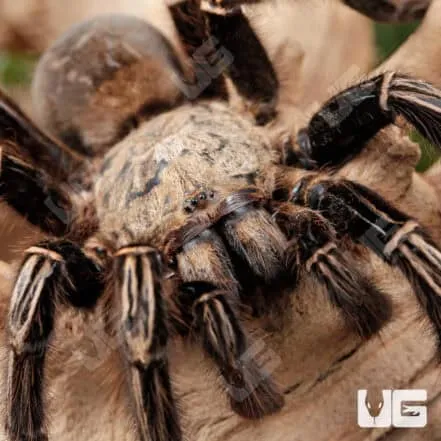Choosing Your Skeleton Leg Tarantula
Bringing a Skeleton Leg Tarantula into your home can be an exciting experience. These spiders, known for their striking black and white banded legs, are popular pets due to their relatively docile nature and unique appearance. However, before you purchase one, it’s crucial to do your research and understand their specific needs. This guide provides all the information you need to properly care for your Skeleton Leg Tarantula, from choosing a healthy specimen to breeding them. Let’s delve into the details to ensure a happy and healthy life for your new pet.
Selecting a Healthy Tarantula
The foundation of good care starts with a healthy tarantula. When choosing a Skeleton Leg Tarantula, observe the spider carefully to ensure it’s in good condition. This initial assessment can save you from potential health problems down the line. Purchasing from a reputable breeder or pet store specializing in exotic animals is highly recommended, as they are more likely to provide healthy specimens and expert advice.
Identifying a Healthy Skeleton Leg
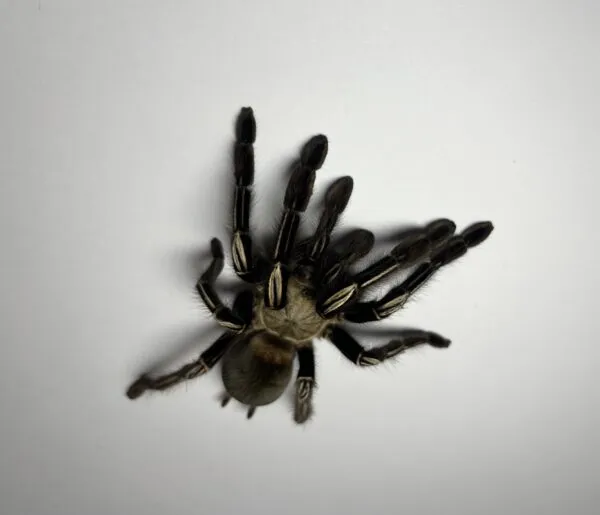
Look for a tarantula that is active and alert. Its legs should be intact, without any missing or damaged limbs. The abdomen should be plump and not shrunken, which could indicate dehydration or poor feeding. Ensure the fangs are present and undamaged. A healthy tarantula will move with confidence and show a strong feeding response. Avoid tarantulas that appear lethargic, have a bald abdomen (which can indicate the spider has rubbed off its hairs due to stress), or display any visible signs of parasites or illness. Furthermore, check the enclosure for any signs of mites or other pests, which can also affect the tarantula’s health.
Quarantine and Acclimation
Once you’ve chosen your tarantula, quarantine is essential. Keep the new spider isolated from any other pets for at least a month. This is to prevent the spread of potential illnesses or parasites. During this time, observe the tarantula closely for any signs of health issues. Acclimation is also important, allowing the tarantula to adjust to its new environment. Provide a stable habitat with appropriate temperature and humidity levels to minimize stress. Avoid handling the tarantula during this period to allow it to settle in and adjust to its new home.
Setting Up the Perfect Habitat
Creating the right habitat is crucial for the Skeleton Leg Tarantula’s well-being. It’s not just about housing them; it’s about replicating their natural environment as closely as possible to ensure they thrive. The right setup provides security, promotes natural behaviors, and minimizes stress, which is key to a long and healthy life for your pet. A well-designed habitat is also aesthetically pleasing, allowing you to enjoy watching your tarantula without compromising its comfort.
Enclosure Size and Type
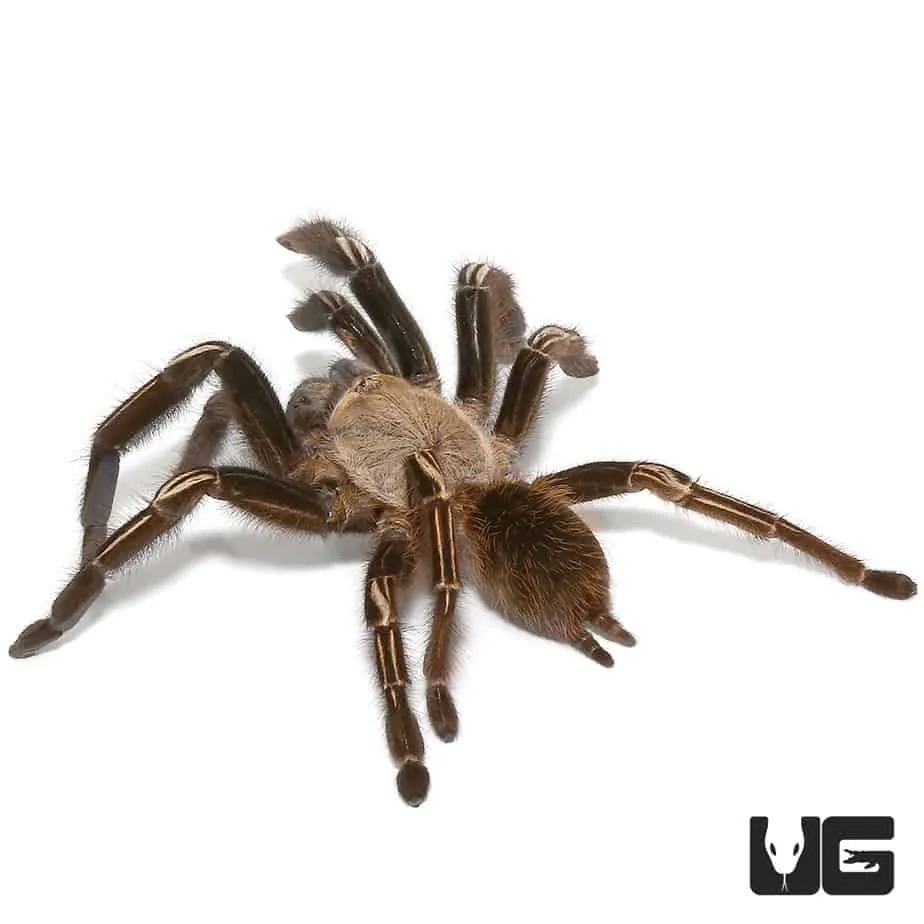
The size of the enclosure depends on the tarantula’s size, with juveniles requiring smaller setups than adults. A general rule is to provide a space that is at least twice the tarantula’s leg span in width and length. Height isn’t as critical for terrestrial species like the Skeleton Leg Tarantula, but it should be sufficient to allow for substrate depth. Glass or clear plastic enclosures with secure lids are ideal. Ensure the lid is escape-proof and allows for adequate ventilation. Avoid enclosures with large openings, as tarantulas can be surprisingly agile and squeeze through small gaps. Ventilation is crucial to prevent mold growth and maintain air quality.
Substrate Selection
The substrate serves as the floor of the enclosure and provides a place for the tarantula to burrow, hide, and feel secure. A suitable substrate should retain moisture, allow for burrowing, and be non-toxic. A mixture of peat moss, coconut fiber (coir), and a small amount of vermiculite is a popular choice. These materials hold moisture well, provide good drainage, and create a natural environment. Avoid substrates like sand or gravel, which can be abrasive and difficult to burrow in. The substrate depth should be at least 4-6 inches to allow for burrowing behavior. Change the substrate every 6-12 months or as needed, depending on cleanliness.
Providing Hides and Enrichment
Skeleton Leg Tarantulas are shy creatures and require hides to feel secure. Provide at least one hide, such as a piece of cork bark, a half-log, or an artificial cave. Place the hide in a position where the tarantula can easily retreat. Additional enrichment items, such as silk plants and artificial foliage, can also be added to the enclosure to provide visual interest and create a more natural environment. Avoid overcrowding the enclosure with decorations, as this can stress the tarantula. Ensure all decorations are clean and non-toxic.
Temperature and Humidity Control
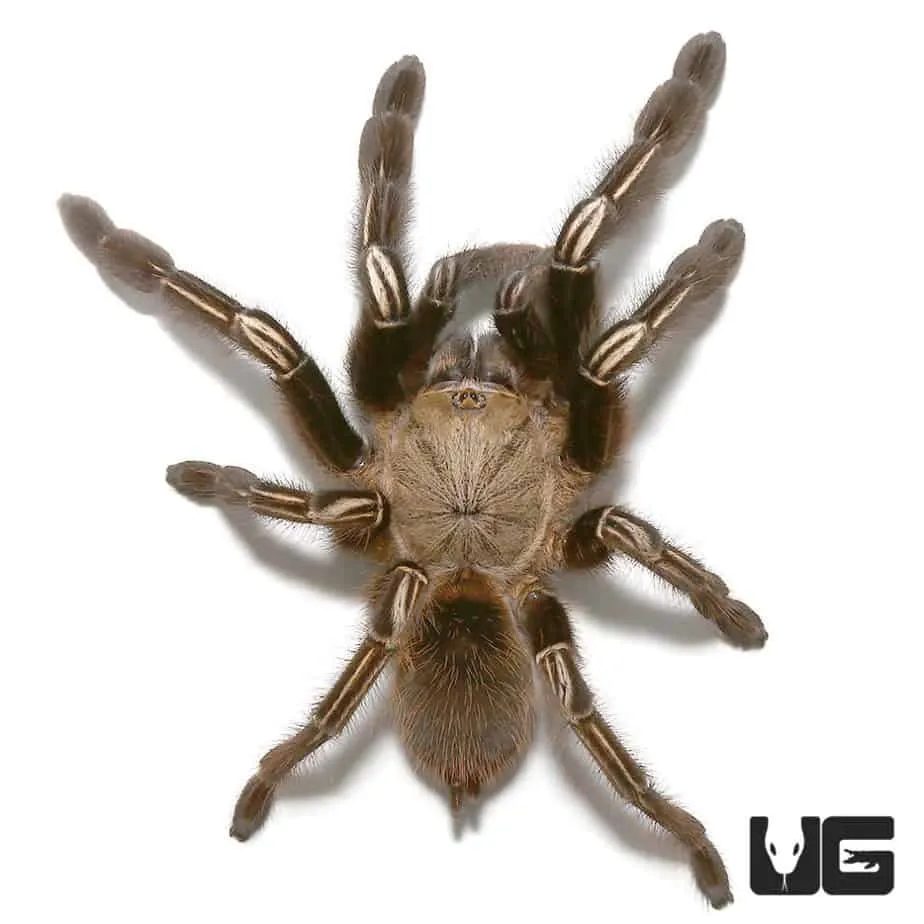
Maintaining the correct temperature and humidity levels is vital for the Skeleton Leg Tarantula’s health. The ideal temperature range is between 75-85°F (24-29°C). Use a heat mat or a low-wattage heat lamp to maintain the temperature. Avoid placing the heat source directly under the enclosure, as this can cause the substrate to dry out too quickly. Humidity should be maintained between 60-70%. Use a hygrometer to monitor the humidity levels. Mist the enclosure with dechlorinated water every few days to maintain humidity. Proper ventilation is also necessary to prevent the buildup of condensation and mold.
Feeding Your Skeleton Leg Tarantula
Feeding your Skeleton Leg Tarantula is a straightforward process, but it’s essential to provide the correct diet to ensure its health and well-being. Understanding their dietary needs and feeding habits will help you keep your tarantula thriving. The right diet will provide essential nutrients and contribute to its overall growth and development, ensuring a long and healthy life.
What to Feed
Skeleton Leg Tarantulas are primarily insectivores. The staple diet should consist of insects such as crickets, mealworms, and roaches. The size of the prey should be appropriate for the tarantula’s size; it should be no larger than the tarantula’s body length. Variety is important, so offering a mix of different insects is recommended. Dust the insects with a calcium and vitamin supplement once or twice a week to ensure the tarantula receives essential nutrients. Always remove uneaten prey within 24 hours to prevent them from stressing the tarantula and to maintain a clean enclosure.
Feeding Frequency
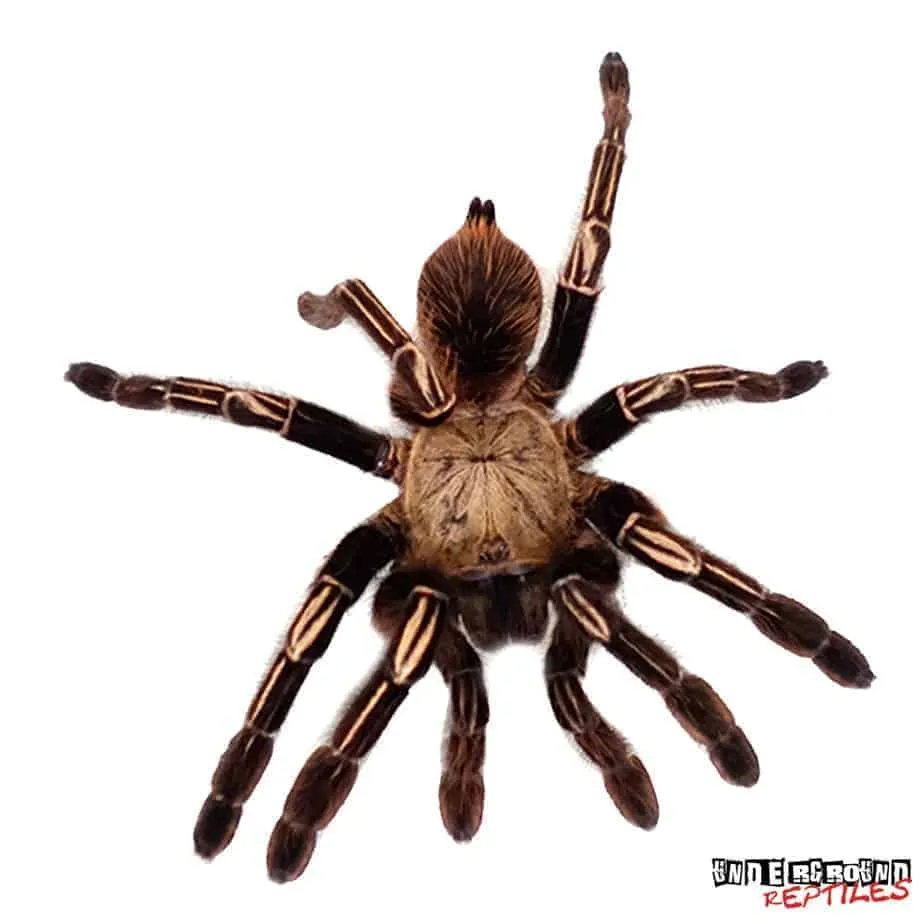
Feeding frequency depends on the tarantula’s age and size. Spiderlings should be fed two to three times a week. As the tarantula matures, the feeding frequency can be reduced to once or twice a week. Adult tarantulas can often be fed once a week or even less. Observe your tarantula’s feeding response and adjust the frequency accordingly. If the tarantula refuses food, it could be preparing to molt, or the enclosure conditions may need adjusting. Always provide fresh water, even if the tarantula isn’t eating regularly. Do not overfeed; a plump abdomen indicates a well-fed tarantula, while an overly plump abdomen could indicate health problems.
Watering and Hydration
Providing fresh water is crucial for your Skeleton Leg Tarantula’s survival. Use a shallow water dish filled with fresh, dechlorinated water. The water dish should be shallow enough to prevent the tarantula from drowning. Change the water regularly to keep it clean. Alternatively, misting the enclosure provides another source of hydration. Increase humidity by misting the enclosure every few days, or as needed, based on the humidity levels. Observe your tarantula for signs of dehydration, such as a shrunken abdomen or lethargy.
Handling and Interaction
While Skeleton Leg Tarantulas are generally docile, handling them should be approached with caution. They are not pets that enjoy being handled. Handling can stress the tarantula and increase the risk of bites. If you choose to handle your tarantula, do so carefully and with proper precautions. Understanding the risks and practicing safe handling techniques can minimize the potential for negative experiences for both you and your pet.
Safe Handling Practices
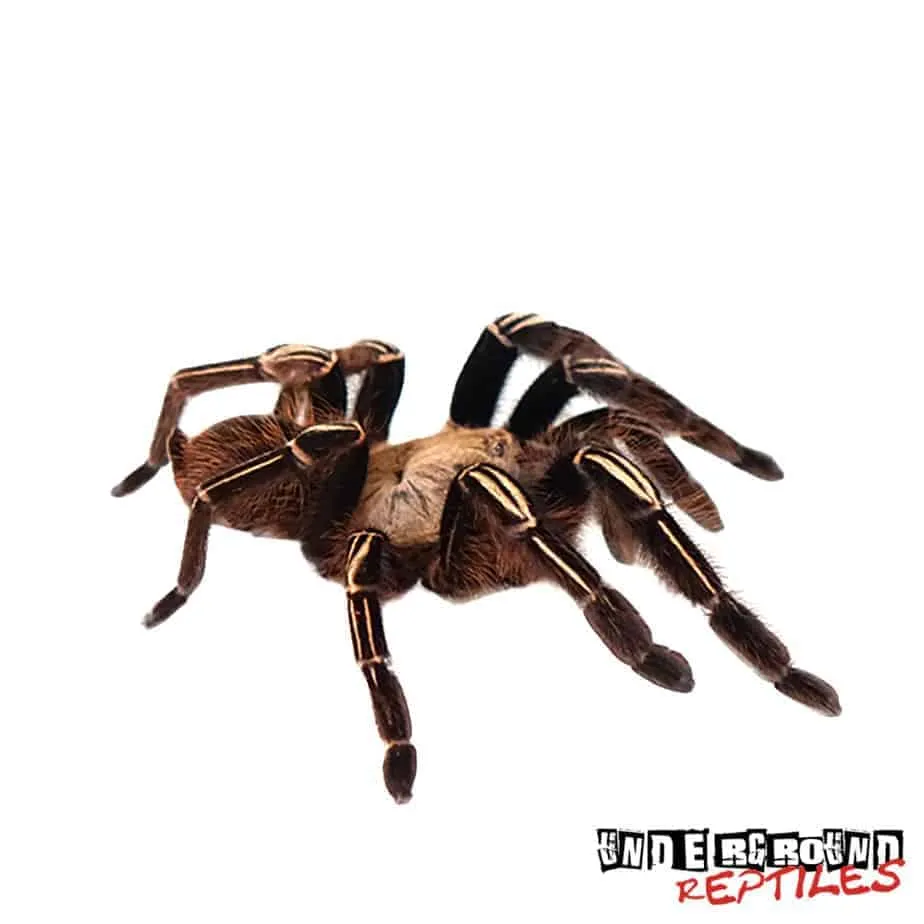
If you must handle your Skeleton Leg Tarantula, do so over a soft surface, such as a bed or carpet, to prevent injury if the tarantula falls. Never handle the tarantula when you are standing or near a height, as a fall could be fatal. Use a soft brush to gently coax the tarantula onto your hand. Avoid sudden movements or actions that could startle the tarantula. Be aware that tarantulas can move quickly. Always wash your hands thoroughly before and after handling your tarantula, and avoid handling if you have cuts or open wounds. Always be mindful of the tarantula’s posture; a defensive posture, such as raising its front legs, indicates it is feeling threatened and should be left alone.
Understanding Tarantula Behavior
Observe your tarantula’s behavior to understand its mood and needs. Tarantulas can exhibit various behaviors, such as defensive postures, threat displays, and feeding responses. Learn to recognize these behaviors to anticipate the tarantula’s actions and handle it safely. Tarantulas are most active at dusk and dawn. They may spend most of the day in their hide. If your tarantula is not eating, it could be preparing to molt. Molting is a natural process where they shed their exoskeleton, which also means they might be more vulnerable, and thus, handle them less. Avoid handling during the molting process.
Common Health Issues and Solutions
Even with the best care, Skeleton Leg Tarantulas can experience health issues. Recognizing these issues early and addressing them promptly can make all the difference. Keeping a close eye on your tarantula and understanding common health problems will help you provide the best possible care, ensuring your pet’s well-being and longevity.
Moulting Process and Care
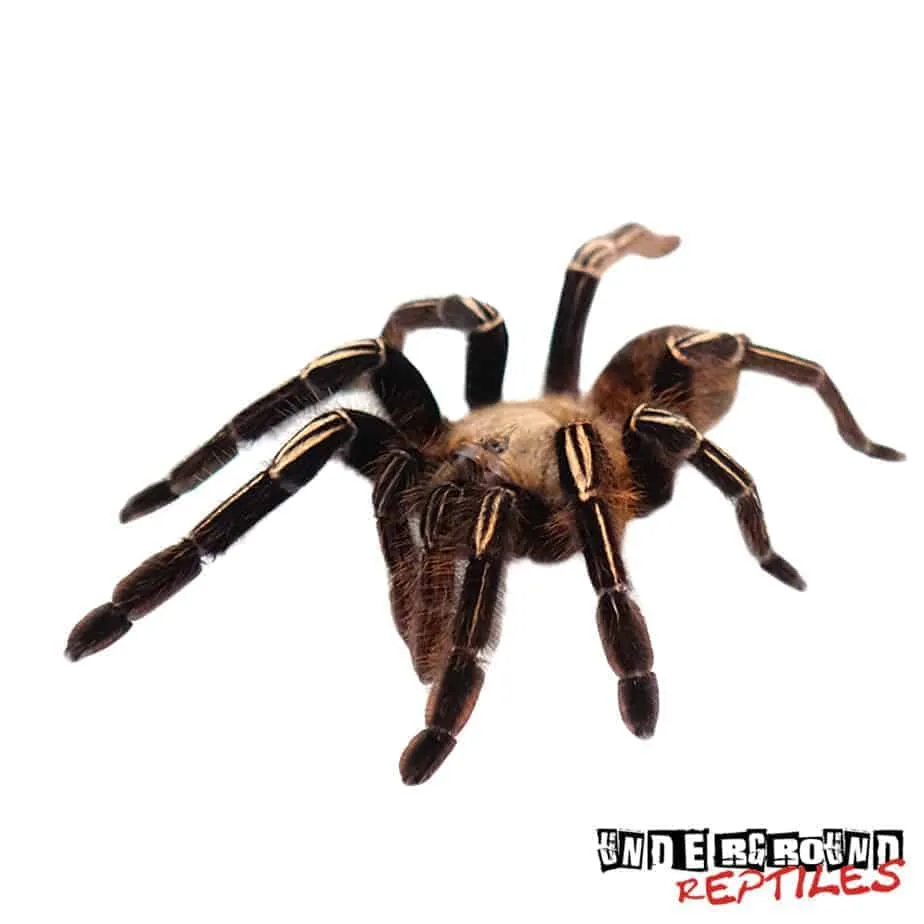
Molting is a natural process where tarantulas shed their exoskeleton to grow. Before molting, the tarantula will typically stop eating and become less active. They may also build a web mat to prepare for the process. During molting, the tarantula will lie on its back and wriggle out of its old exoskeleton. Provide a humid environment during this time to help with the process. Do not disturb the tarantula during molting. After molting, the tarantula’s new exoskeleton will be soft, so do not feed it for about a week until the fangs harden. Provide a clean, safe environment, and avoid any stressors during this vulnerable time.
Recognizing and Treating Illnesses
Various health issues can affect Skeleton Leg Tarantulas, including parasites, fungal infections, and injuries. Signs of illness include lethargy, loss of appetite, unusual postures, and the presence of parasites. If you notice any of these symptoms, consult a veterinarian experienced in exotic animals. Prevention is key. Ensure proper hygiene in the enclosure, maintain appropriate environmental conditions, and provide a balanced diet. Early detection and intervention are crucial for treating any health problems. Cleanliness and proper care are important to minimize health problems.
Breeding and Reproduction
Breeding Skeleton Leg Tarantulas can be a rewarding experience for experienced keepers. It involves understanding the tarantulas’ reproductive cycles and creating the right conditions for successful mating. However, it’s a complex process, so it’s essential to do thorough research and prepare accordingly. If you are interested in breeding, start with the basics and understand the risks.
Sexing Your Tarantula
Sexing a tarantula is essential to determine if you have a male and a female for breeding. The most reliable method is to examine the exuvium (molted exoskeleton) under magnification. Look for the presence of spermathecae (sperm storage organs) in females. In males, you’ll find small hooks on the front legs used to hold the female’s fangs during mating. Sexing can also be performed by examining the epigastric furrow, but this method is less reliable. This process can be difficult for beginners. Seeking assistance from an experienced breeder is recommended, especially if you are unsure.
Breeding Setup and Process
Once you’ve confirmed you have a male and a female, you can initiate the breeding process. Introduce the male to the female’s enclosure, carefully monitoring their interactions. The male will typically drum on the substrate to attract the female. If the female is receptive, they will mate. After mating, separate the male from the female to prevent the female from cannibalizing him. Provide the female with extra food to support egg production. The female will lay an egg sac containing several hundred spiderlings. Carefully incubate the egg sac and provide appropriate care for the spiderlings after they hatch. Be prepared for the responsibility of raising a large number of young tarantulas. It requires specific setups.
Conclusion
Caring for a Skeleton Leg Tarantula is a rewarding experience that requires dedication and knowledge. By following this care sheet, you can create a thriving environment for your tarantula, ensuring its health, happiness, and longevity. Remember to continuously learn and adapt your care practices to meet the evolving needs of your pet. With proper care, your Skeleton Leg Tarantula can become a fascinating and long-lived companion, providing years of enjoyment. Always prioritize the well-being of your tarantula, and enjoy the unique experience of owning these amazing creatures.
